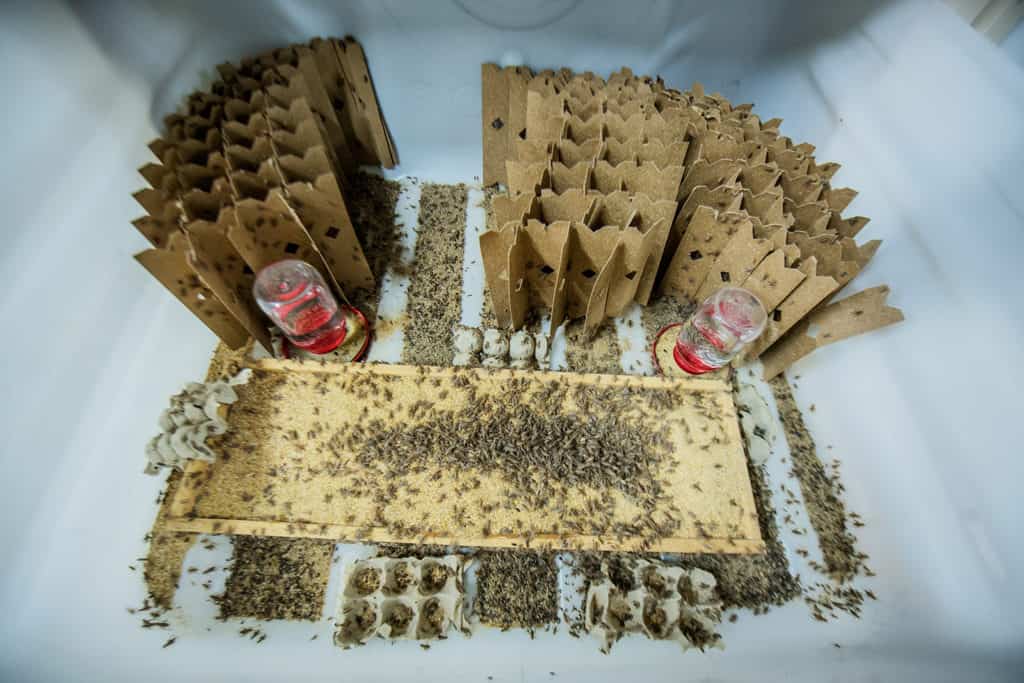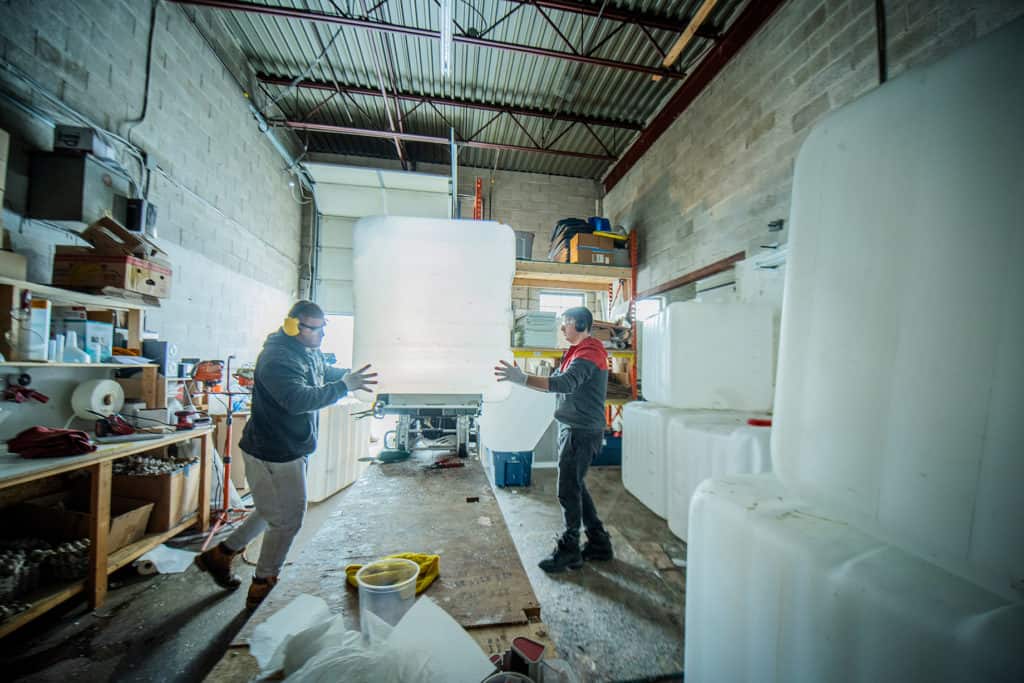If you live in North America, bugs probably aren’t the first thing that comes to mind when deciding what to eat for lunch. According to the Food and Agriculture Organization of the United Nations (FAO), insects are part of the traditional diet of as many as two billion people around the world. Yet in Western countries, they’re often regarded with disgust.
However, as the climate crisis forces us to look at the ecological impact of largescale agriculture, we’ll need new ways to produce enough food to feed the planet. In the future, lunch might have to look different. It might have six legs.
Meet Jakub Dzamba—“Kubo” to his friends. This 37-year-old entrepreneur and visionary wants to change the way we think about agriculture, by designing systems and technologies for sustainable edible-insect farming. Our creepy-crawly friends, it turns out, are packed with protein—and they have a smaller environmental footprint than other livestock, as they require significantly less feed. For this and other reasons, Kubo believes insects are a food of the future.
Kubo’s Third Millennium Farms uses novel farming methods to grow crickets at its warehouse and design studio in Mississauga, Ontario. The bugs grow in insect habitats, made of 1.2m×1.2m plastic bins outfitted with cardboard structures for housing the crickets. The bins can be stacked using a racking system. (Imagine a dresser filled with chirping insects.) WiFi sensors and smart thermostats maintain an optimal temperature throughout the space. Watering systems are automated. For harvesting, the crickets are cooled—which, because they are cold-blooded, puts them into a sleep state—then frozen.
Using Kubo’s methods, each habitat can produce about 30,000 crickets a month, or about seven kilograms of raw bugs. Depending on the batch, that’s roughly one kilogram of protein—the equivalent of about 17 eight-ounce sirloin steaks. Start stacking the habitats, and the numbers add up.

Third Millennium sells some of its product for human consumption (primarily in the form of cricket powder), but the company’s ultimate objective is to grow a network of like-minded farmers, by offering clients their habitat designs, or selling their turnkey bug-farm trailer, the Chirp Box. They’re using machine learning to analyze all the data they collect from harvesting, which they can pass on to others.
By enabling farmers to grow crickets in locations that are typically inhospitable to agronomy—urban centres, for example, or northern communities—Third Millennium aims to decentralize the food system. Less centralization would mean greater food security in instances when changes in the climate cause major disruptions in the industry.
“The really important work is going to come in integrating edible insect farming with other types of micro-farming,” says Kubo. “Crickets and other bugs are better at eating stuff that [traditional] livestock doesn’t. So, we need to start finding ways of using organic waste streams and upcycling them as feed for insects.”
Kubo admits that using things like algae and mushrooms to feed bugs that will then feed us is a project for the long-term. In the meantime, you can learn to farm your own crickets at home or in the classroom. That part is relatively easy.
What will be tougher is convincing people who are used to steak and potatoes that creatures we usually think of as gross actually belong on the dinner plate. How will you take your bugs?


